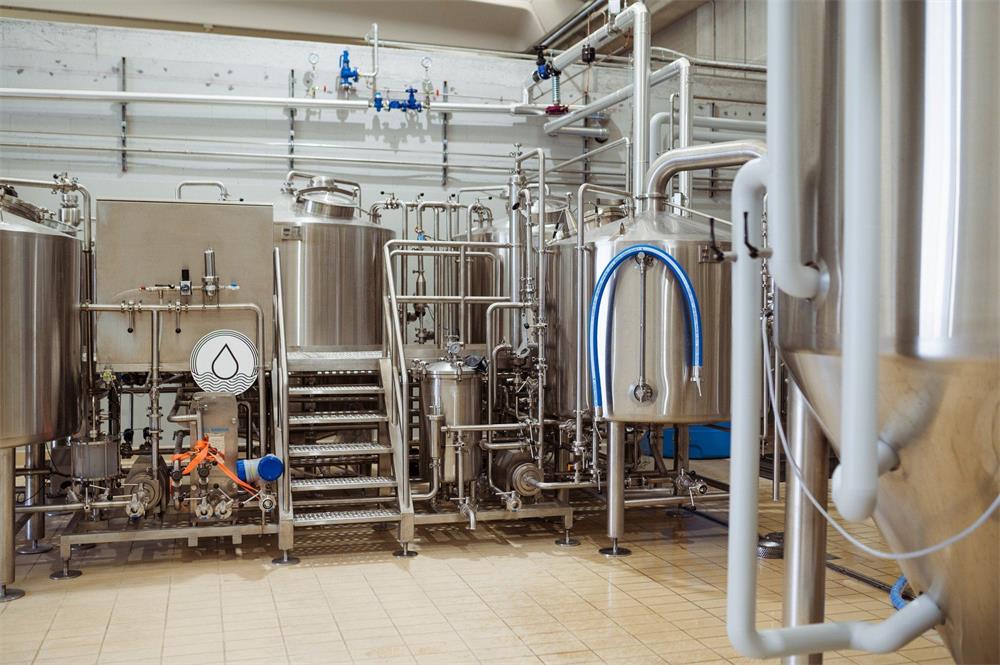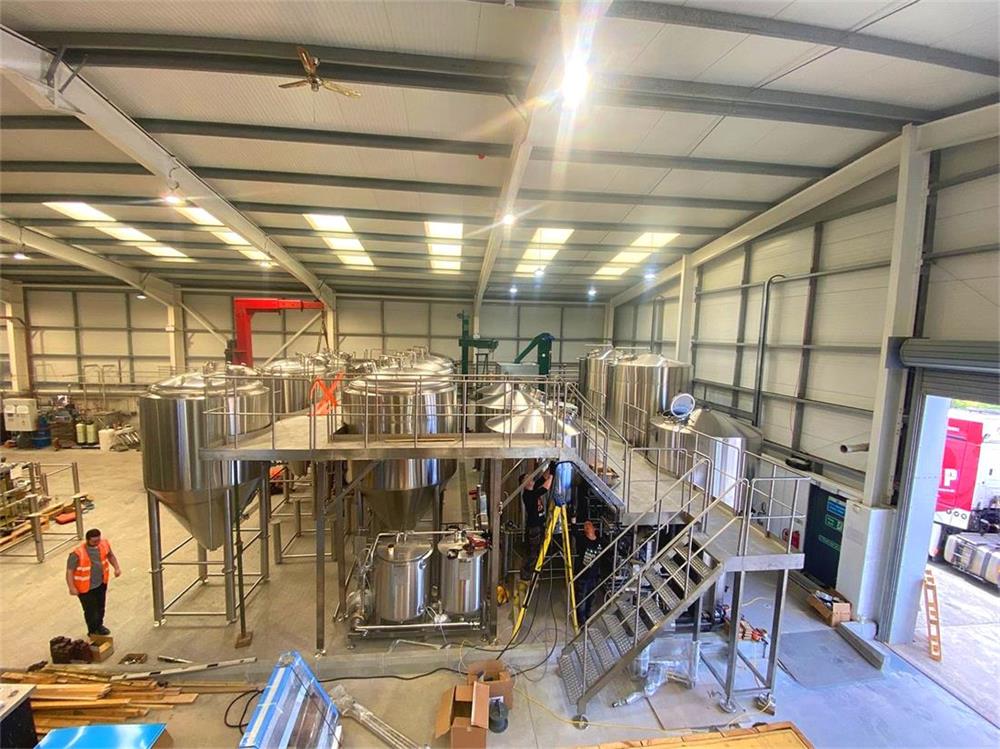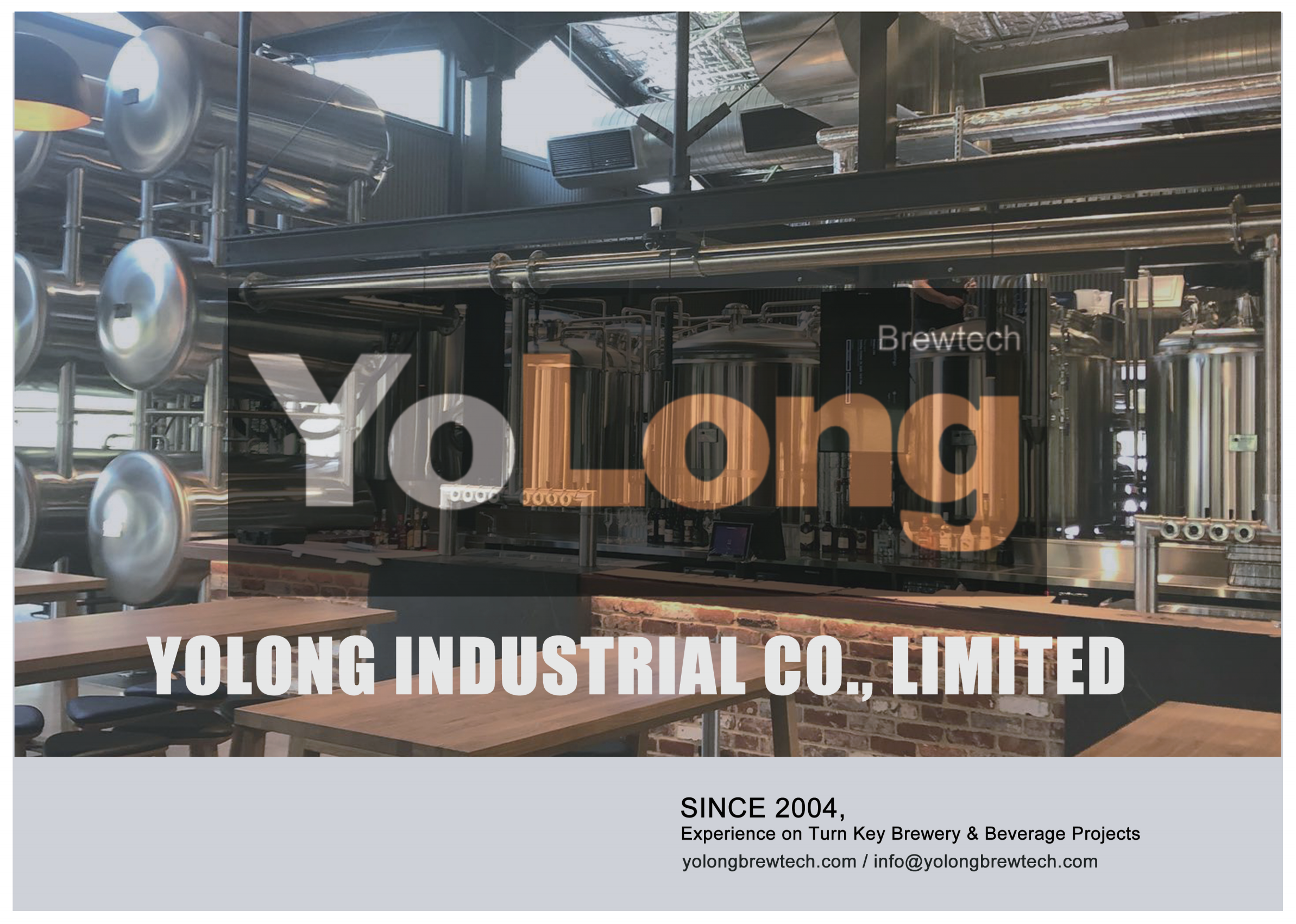Beer Brewing Systems
Beer brewing is an age-old craft that has transformed into a sophisticated process, thanks to modern technology. Whether you’re a homebrewer experimenting in your garage or an entrepreneur setting up a microbrewery, selecting the right beer brewing system is critical. This guide will walk you through the essentials of beer brewing systems, including equipment types, brewing processes, space planning, supplier selection, pros and cons, and everything in between.
Overview of Beer Brewing Systems
Beer brewing systems have evolved from basic setups to complex, customizable equipment that caters to different production scales. At its core, brewing transforms malt, water, hops, and yeast into beer through mashing, fermentation, and conditioning processes. The right system ensures efficiency, consistency, and quality in every batch.
Brewing systems are available in various configurations to suit personal or commercial needs. From compact home kits to industrial-scale systems, the variety of options can be overwhelming. But don’t worry—we’ll help you navigate through every step of the decision-making process.

Essential Beer Brewing Equipment
Every beer brewing system comprises several key components. These elements ensure the process flows smoothly from start to finish, and each plays a specific role in the beer-making journey.
| Equipment | Purpose | Key Features |
|---|---|---|
| Mash Tun | Converts starches in malt into fermentable sugars during mashing. | Insulated body, false bottom for grain separation. |
| Brew Kettle | Boils wort to sterilize and incorporate hop flavors. | Heating mechanism, venting system, whirlpool compatibility. |
| Fermenter | Houses the wort during fermentation, where yeast converts sugars to alcohol and CO₂. | Sealed design, temperature control, airlock for venting. |
| Cooling System | Rapidly cools wort after boiling to prevent contamination. | Plate or immersion chiller options. |
| Pumps and Piping | Facilitates fluid transfer between brewing stages. | Sanitary-grade materials, easy-to-clean design. |
| Control Panel | Automates temperature regulation, timing, and brewing steps. | Digital or analog interface, programmable settings. |
| Cleaning Equipment | Maintains hygiene of brewing systems to ensure beer quality. | Spray balls, caustic cleaners, sanitizers. |
Understanding the Beer Brewing Process
The beer brewing process is a fascinating journey, blending science, art, and tradition. Here’s a step-by-step explanation:
1. Malting and Milling
Brewing begins with malted barley, which is soaked and dried to activate enzymes. Milling crushes the grains to expose starches while retaining the husk for filtration.
2. Mashing
In the mash tun, milled grains are mixed with hot water to convert starches into fermentable sugars. The temperature and duration of mashing significantly influence beer flavor and alcohol content.
3. Lautering
After mashing, the sweet liquid (wort) is separated from the grain. This process involves draining the wort while sparging, or rinsing the grain bed with hot water.
4. Boiling
The wort is boiled in the brew kettle, sterilizing it and extracting flavors from hops. Adding hops at different stages creates varying bitterness, aroma, and flavor profiles.
5. Cooling
Post-boil, the wort must be rapidly cooled to fermentation temperature. This is achieved using heat exchangers or immersion chillers.
6. Fermentation
Yeast is added to the cooled wort in a fermenter. During this phase, sugars are converted into alcohol and CO₂. Primary fermentation typically lasts one to two weeks.
7. Conditioning
Conditioning or maturation allows flavors to develop and unwanted by-products to settle. It can last from weeks to months, depending on the beer style.
8. Packaging
Once matured, the beer is filtered and transferred to kegs, bottles, or cans for distribution or personal enjoyment.
Customizing Brewing Systems for Capacity and Space
Choosing the right system depends on your production goals, available space, and budget. Here’s a detailed breakdown:
| Feature | Small-Scale Brewing | Commercial-Scale Brewing |
|---|---|---|
| Capacity | 5–50 liters | 500–50,000 liters |
| Space Requirements | Compact setups fit in kitchens or garages. | Dedicated spaces with drainage, ventilation, and utilities. |
| Design and Layout | Modular designs for easy assembly. | Custom layouts tailored to workflow and scaling. |
| Customization | Limited to basic features and aesthetics. | High flexibility in automation, capacity, and material. |
Beer Brewing Systems: Supplier and Price Insights
Finding the right supplier is crucial for ensuring quality and service support. Here’s an overview:
| Supplier | Specialty | Price Range |
|---|---|---|
| Blichmann Engineering | High-quality homebrewing systems and accessories. | $500–$5,000 |
| Ss Brewtech | Small-scale and semi-commercial brewing setups. | $1,000–$15,000 |
| BrauKon | Custom commercial brewing systems. | $50,000–$500,000+ |
| Speidel Braumeister | Compact all-in-one systems. | $2,000–$8,000 |
| Micro Matic | Kegging and dispensing equipment specialists. | $200–$3,000 |
Installation, Operation, and Maintenance
Installation
Setting up a brewing system involves precise planning for utility connections, drainage, and layout. Suppliers often provide technical assistance or manuals to guide installations.
Operation
Operating the system requires understanding the equipment’s functionality and adhering to recipes. Automated systems simplify processes, but manual setups allow greater control.
Maintenance
Regular cleaning, descaling, and inspection ensure system longevity. Automated cleaning-in-place (CIP) systems are a popular feature for commercial setups.
| Aspect | Tips |
|---|---|
| Cleaning | Use caustic solutions and sanitizers regularly. |
| Inspection | Check for leaks, wear, and faulty components. |
| Upgrades | Replace outdated parts to improve efficiency. |
How to Choose the Right Supplier
Choosing a supplier can feel like a minefield. Here’s how to navigate it effectively:
| Criteria | Considerations |
|---|---|
| Reputation | Look for reviews, testimonials, and industry certifications. |
| Customization Options | Does the supplier offer tailored solutions to fit your needs? |
| After-Sales Support | Availability of technical support, spare parts, and maintenance services. |
| Pricing Transparency | Clear quotations without hidden costs. |
| Delivery and Installation | Does the supplier provide delivery, setup assistance, and post-installation training? |

Comparing Pros and Cons of Beer Brewing Systems
| Aspect | Advantages | Limitations |
|---|---|---|
| Home Brewing Systems | Affordable, easy to use, and compact. | Limited capacity, less customization. |
| Commercial Systems | High capacity, customizable, efficient workflows. | Expensive, requires significant space. |
| All-in-One Systems | Space-saving, beginner-friendly. | Limited scalability, less control over process. |
FAQ
| Question | Answer |
|---|---|
| What’s the best system for beginners? | An all-in-one system like the Speidel Braumeister offers simplicity and compact design, perfect for homebrewers starting out. |
| How much does a commercial brewing system cost? | Costs range from $50,000 to over $500,000, depending on capacity, automation, and customization levels. |
| Can I upgrade my existing system? | Yes, many suppliers offer modular upgrades like advanced control panels or larger fermenters. |
| What’s the lifespan of a brewing system? | With proper maintenance, most systems last 10–20 years. |
| How can I scale from homebrewing to commercial? | Start by investing in small commercial systems with higher capacities and scalable features. |
Share this entry
Interested in learning more about Brewing Systems including additional details and pricing information? Please use the form below to contact us!
YOLONG BREWERY EQUIPMENT FAQS
- Commercial Brewery / Craft Brewery / Microbrewery / Nanobrewery
- What is The Difference Between Craft Beer and Industrial Beer?
- The Bespoke Differences In Custom Brewing Systems
- Everything You Need to Know About Kettle Souring
- How to Choose Brewing Equipment for Your business?
- How To Choose The-Best Partner To Build Your Commercial Microbrewing System?
- Two Detection Sensors That You Need To Use In Your Brewhouse System
- Remote Control Applications in Brewing Equipment/How does it work?
- How To Clean Your Brand New Brewery Tanks?

